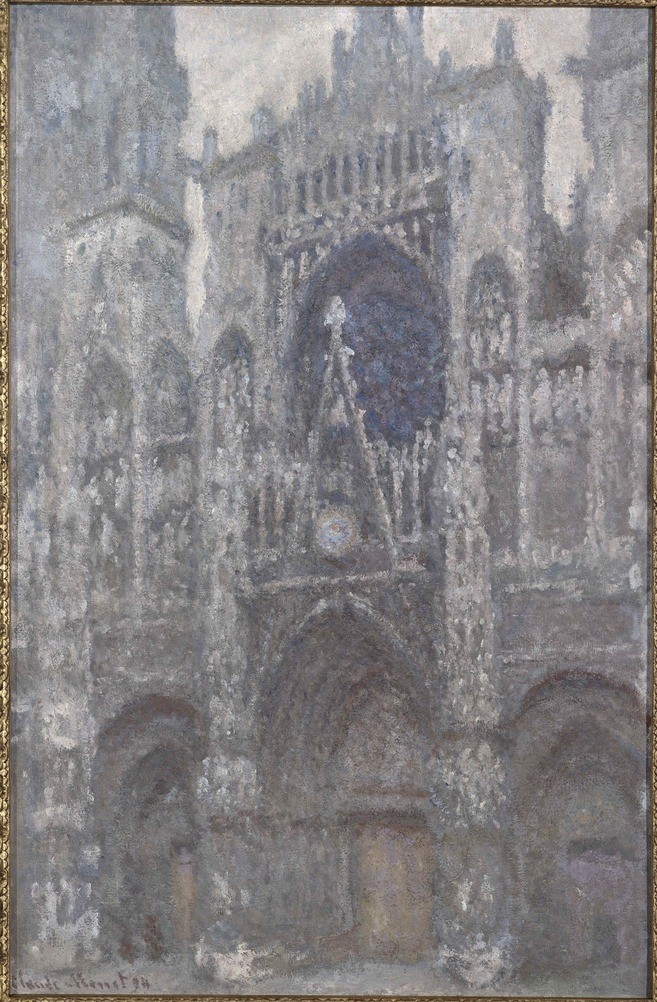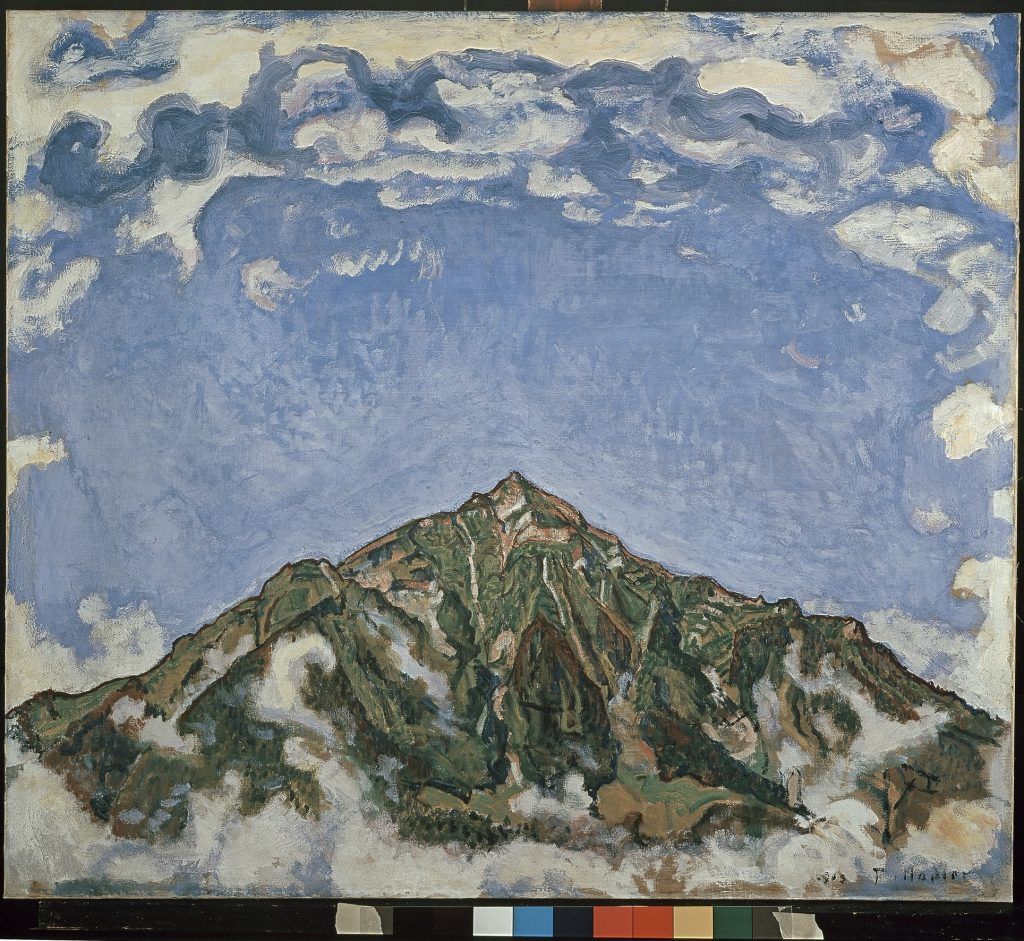
The Art Gallery of Ontario’s once-in-a-lifetime exhibition, Mystical Landscapes: Masterpieces from Monet, Van Gogh and more, is on now until January 29, 2017.
And it’s not to be missed.
But before heading to the AGO to take a journey with the artwork of these famous artists, we thought we’d highlight what the actual real-life locations behind these masterpieces are really like.
After all, the these renowned works of art were often inspired by the very locations they were painted in. Here’s your chance to find out why.
Starry Night Over the Rhone at Arles

Musee d’Orsay, Paris, France/Bridgeman Images
Year: 1888
Artist: Vincent van Gogh
Location: Arles, France
Starry Night Over the Rhone at Arles was painted at a spot on the bank of the Rhone River that was only a one or two minute walk from the Yellow House on the Place Lamartine that Van Gough was renting at the time. Nowadays boats run tourists up and down the river and a school provides a lively scene during lunch, but one can still sense the peace and conflict Van Gogh experienced as he captured the scene at night.
The Yellow House was destroyed during WWII, however the building that stood behind the Yellow House is still there. The site is located near a park just outside the city walls and a short walk from the Arles train station.
Fun Facts:
- It is said that Arles, France is where Vincent van Gogh cut off his ear and ‘gifted’ it to a prostitute.
- Van Gogh produced an estimated 200 paintings here during his short stay.
Water Lilies

Museum of Fine Arts, Houston Gift of Mrs. Harry C. Hanszen Courtesy Bridgeman Images
Year: 1907
Artist: Claude Monet
Location: Giverny, France – Monet’s Garden
Address: 84 Rue Claude Monet, Giverny, France
Claude Monet first discovered the small village of Giverny while looking out the window of a train in 1883. The artist was so inspired by its beauty that he decided to move there, renting a house and two acres surrounding it. In 1890, as soon as Monet had enough money to purchase the house and land outright, he set out to create the magnificent gardens he would spend the rest of his life painting. He lived here for 43 years until his death in 1926.
Monet’s House and Gardens in Giverny fell into disrepair after WWII but, after 10 years of restorations, they were opened to the public in 1977. Today they are one of the most popular tourist attractions in France, where visitors can almost see the artist’s paintings come to life.
Fun Facts:
- Water Lilies is one of over 250 water lily oil paintings created by Monet at Giverny between 1897 and 1926.
- Monet spent hours in contemplation of this water garden, which he planted with exotic, newly hybridized water lilies, which were as close as you could come to the Japanese lotus. Of course, the lotus was famously held aloft by the Buddha in his Buddha sermon as a symbol of the route from ignorance to enlightenment,.
- In 1908, Monet destroyed 15 of his Water Lilies paintings right before they were to be exhibited at the Galerie Durand-Ruel in Paris. It is believed he was so unhappy with the paintings that he decided to ruin them rather than have them go on public display.
Rouen Cathedral: The Portal and Tour d’Alene in the Sunlight

© EPMO (Orsay) / Patrice Schmidt
Year: 1894
Artist: Claude Monet
Location: Normandy, France – Rouen Cathedral
Address: Place de la Cathédrale, 76000 Rouen, France
One of the most historic buildings in France, the first cathedral at Rouen was built in 396 by Bishop Victricius and was since destroyed, rebuilt and modified several times over centuries.
In 1892 and 1893, Claude Monet could usually be found with his canvas set up near the cathedral’s façade, immortalizing it in his paintings, which would later earn him critical acclaim.
Fun Facts
- Monet painted more than thirty views of Rouen Cathedral between 1892-93. He would work on several canvases simultaneously, recording the appearance of the façade under different conditions of light and weather with highly textured brushstrokes, and later finish the works in his studio in Giverny, carefully adjusting each painting. This is why most of the paintings are signed and dated 1894.
- In the winter of 1892, Monet lived in rooms across from Rouen Cathedral and stayed until the spring in order to paint its façade many times. He returned the next winter to paint the cathedral again.
- In 1895, Monet exhibited twenty of his best cathedral paintings at Galerie Durand-Ruel in Paris. These paintings were always designed to be exhibited together as a series, but have since been sold separately to many different collectors.
Indian Church

Art Gallery of Ontario, Bequest of Charles S. Band, Toronto, 1970
Year: 1929
Artist: Emily Carr (Canadian)
Location: Vancouver Island – Church at Yuquot National Historic Site of Canada
A 1929 trip to Yuquot (Friendly Cove) on Nootka Island, territory of the Nuu-chah-nulth tribe, inspired Emily Carr to paint this small white Roman Catholic church. Fascinated by the spirituality of Native people, whose cultural practices were being outlawed at the time, she called her painting Indian Church.
Nowadays visitors from around the world explore Yuquot to get in touch with British Columbia’s earliest history. This was the first place of contact between Europeans and First Nations in 1770, and was established as British Columbia’s first national historic site in 1923.
Though the original church painted by Carr burnt down in the early 1960s, the Mowachaht-Muchalaht community rebuilt it. The church now serves as a cultural centre and museum.
Fun Facts:
- Yuquot means “where the winds blow from many directions”
- Nuu-chah-nulth is the name of all peoples indigenous to the West Coast of Vancouver Island, while Mowachaht refers specifically to those who lived at Yuquot.
- The painting is considered one of Carr’s seminal works. Lawren Harris (Group of Seven) bought this painting and often enthused about its importance, much to Carr’s irritation.
Dawn over Riddarfjärden

Collection of Prins Eugens Waldemarsudde
Year: 1899
Artist: Eugene Jansson
Location: Stockholm, Sweden – Riddarfjärden Bay
Jansson resided in Stockholm for the entirety of his life, except for a few trips to other parts of Europe. Dawn over Riddarfjärden was painted from his family home on the hills of Södermalm, which had views over most of central Stockholm including the Riddarfjärden Bay and the Old Town. Deeply impressed by these views, Jansson became the first artist to represent them, with most of his paintings from the 1890s up to 1904 depicting scenes of Stockholm at dusk and dawn, as seen from his apartment.
Fun Facts:
- Jansson’s parents wanted him to become a professional musician, but were left disappointed when their son, an outstanding student, performed poorly in music classes.
- Jansson was a recluse.
- He painted landscapes in his early career. In 1904, after achieving both critical acclaim and financial success for his cityscape paintings, Jansson confessed to a friend that he felt exhausted and had no wish to continue. Thereafter, he changed the direction of his work and began painting portraits of young male workers, sailors and athletes (with a special interest in gymnasts) – usually nudes.
Mount Niesen

Aargauer Kunsthaus Aarau
Year: 1910
Artist: Ferdinand Hodler
Location: Bernese Alps, Switzerland
Although Hodler mostly worked in Geneva, he traveled all over Switzerland, spending his summers in the mountains. Known as the ‘Swiss Pyramid’ for its near-perfect triangular shape, Mount Niesen inspired many artists to depict it, including Ferdinand Hodler.
Today, Mount Neisen is packed with tourists who visit for its spectacular views of the Bernese Oberland. It takes just 30 minutes to reach the 2362m summit of the mountain on the Funicular railways from the small village of Mülenen.
Fun Facts:
- Mount Niesen boasts the world’s longest staircase, with 11,674 steps.
- Before the 19th century, climbing mountains was not popular due to a belief that demons and dragons inhabited them.
- The original name of the mountain was Berg Yesen, and was eventually shortened to Niesen. While “Yesen” stands for the yellow gentian which flowers on the mountain, the literal translation of the German word “Niesen” is sneeze.
- The top of Mount Niesen features a hotel and restaurant, and a 360° view including Lake Thun, the Kander Valley, the towns of Spiez, Thun and Interlaken, and the rest of the Bernese Alps.
- Hodler was orphaned at a young age. His parents and five siblings all died of tuberculosis.
- He was considered one of the most important symbolist painters.

